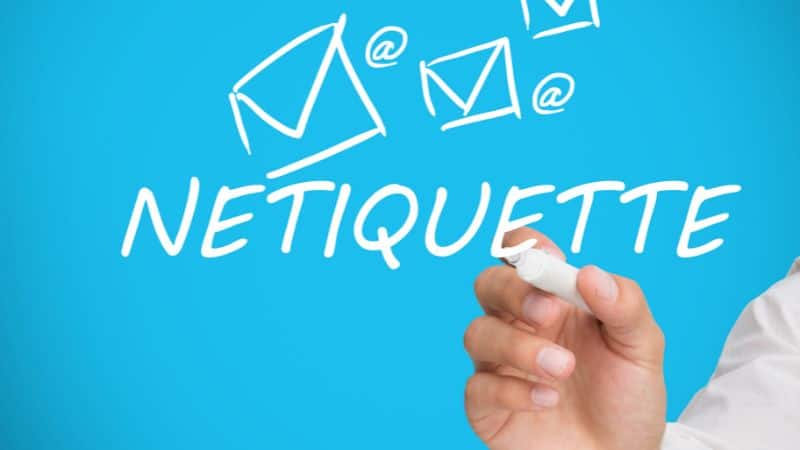Are you looking for slogans you can use to promote the anti-bullying campaign in school? You can use the following. Challenge yourself to become more creative.
Remember that kids who bully are still kids. Please find out how you can help them.
What Makes a Good Anti-Bullying Slogan
A good anti-bullying slogan is more than a catchy phrase. It is a message that shapes behavior, sparks conversation, and inspires people to act with kindness. In my years of teaching values education and helping schools and organizations build culture, I’ve seen that the best slogans share three important qualities.
1. Short and Repeatable.
The most powerful slogans are easy to remember and say out loud. Think of “Be a Buddy, Not a Bully.” A slogan should be short enough for a child to repeat, but strong enough to echo in a workplace campaign. If people can chant it, post it, and share it, it will live on.
2. Positive and Action-Oriented.
Too many anti-bullying messages focus only on what not to do. A better approach is to highlight the behavior we want to see. Instead of saying “Don’t Bully,” encourage “Choose Kindness” or “Respect is Strength.” Positive language motivates, while negative commands often fade away.
3. Rooted in Shared Values.
In the Philippines, we have cultural anchors like pakikipagkapwa (treating others as our fellow human beings) and bayanihan (helping one another). When slogans connect to values we already believe in, they feel authentic. A line like “Malasakit, Not Meanness” works because it resonates with who we are.
A good slogan does not end on paper. It comes alive when students post it on classroom walls, when employees see it in hallways, and when communities repeat it in events. The right words can plant the right habits.
When you design or choose a slogan, test it with this simple filter: Is it easy to say? Does it inspire action? Does it reflect our values? If the answer is yes, then you’ve found words that can change behavior—and maybe even save lives.
Slogans in English
Slogans in Tagalog
I came up with anti-bullying slogans in Tagalog. May the following help you develop a creative and healthy way of encouraging kids to avoid bullying, to not just be a bystander but a hero for someone.
Create anti-bullying slogans.
Creating effective anti-bullying slogans that are memorable, respectful, and that consider all kids (including those who bully) involves a blend of creativity, empathy, and simplicity.
Here are some tips to guide you:
- Understand your audience: It is important to understand that the slogan is meant for kids. Make sure it uses language that kids can easily understand and relate to.
- Keep it simple: Slogans should be short, sweet, and easy to remember. They should also be direct, clearly stating the message you want to communicate.
- Use Rhyme and Rhythm: Rhymes and rhythmic patterns are easier to remember. If you can make your slogan catchy with these elements, it’s more likely to stick.
- Promote positive behavior: The message of the slogan should aim to encourage positive behavior rather than simply discouraging negative behavior. This could include respect, kindness, or standing up for others.
- Maintain respect: It’s crucial to remember that kids who bully are still kids. Slogans should not stigmatize or dehumanize them. Instead, they should promote a change in behavior and attitude.
- Call to action: A good slogan often contains a clear call to action. It’s not just about recognizing the problem; it’s about inspiring the reader to do something about it.
- Use powerful words: Use words that evoke emotion, words that inspire, motivate, and challenge.
- Make it relatable: The more relatable the slogan is, the more impact it will have. Try to tap into common experiences or feelings among kids.
- Test it out: Before you finalize a slogan, test it out on a small group. This could be your own kids, students, or a group of kids from your community. Get their feedback and make necessary changes.
- Creativity is key: Get creative with your slogan. Use metaphors, analogies, or interesting wordplay to make it stand out.
Remember, the objective is not just to create a slogan but to create a positive change. The slogan should be a tool for fostering a more empathetic and respectful atmosphere among children.
30 Anti-Bullying Slogans with a Positive Tone
When addressing the issue of bullying, focusing on the positive aspects of kindness and civility offers a refreshing perspective.
Not only do positive slogans resonate more with some audiences, but they also encourage a proactive and uplifting approach to change.
Rather than condemning negative actions, celebrating positive ones can inspire individuals to foster more welcoming and inclusive environments.
Rhyming slogans, in particular, are catchy, memorable, and can easily resonate with the masses. Here are 30 more anti-bullying slogans that emphasize the brighter side of human interaction:
- “Spread love, not hate, let’s make kindness our trait.”
- “In a world where you can be anything, be kind, it’s a beautiful thing.”
- “Choose words that heal, not words that steal.”
- “Lift up, don’t tear down, spread smiles all around.”
- “Unity is bliss, bullying’s a miss.”
- “A friend to all is a friend standing tall.”
- “Radiate love, rise above, give hate a little shove.”
- “Hand in hand, together we stand, bullying’s not in demand.”
- “Celebrate grace, in every place, let love replace the chase.”
- “Inclusion’s our song, with kindness, we’re strong.”
- “Embrace, don’t erase, everyone’s space.”
- “A loving heart, is where it all starts.”
- “Share the cheer, be a peer, keep kindness near.”
- “Bridge gaps with love taps, not with nasty traps.”
- “Join the crew of respect, it’s the best project.”
- “Civility is key, to set our spirits free.”
- “Together we soar, when bullying’s no more.”
- “Kindness is contagious, let’s be courageous.”
- “Love’s glow, makes all hearts grow.”
- “Unity’s dance, gives everyone a chance.”
- “Harmony’s tune, is our greatest boon.”
- “Hate divides, but love provides.”
- “Friendship’s glow, defeats every foe.”
- “Lend a hand, make a stand, in kindness land.”
- “With love and respect, we connect.”
- “Embrace diversity, it’s our universe’s university.”
- “The power of one, can get so much done.”
- “Respect’s the call, for one and all.”
- “Good vibes we send, when bullying we end.”
- “Share the light, make everything right.”
With these slogans, the goal is to foster environments where kindness is the norm, and bullying becomes a distant memory.
How Teachers Can Use Anti-Bullying Slogans
Slogans are powerful tools, but they only work when they are seen, heard, and lived. Teachers can bring anti-bullying slogans to life in simple but meaningful ways inside the classroom and across the school community.
1. Posters and Visuals.
Place slogans where students gather—on classroom walls, bulletin boards, and even notebooks. A poster that says “Kindness Is Cool” or “Respect Is Strength” serves as a daily reminder. Make it colorful, involve students in the design, and update it regularly so the message doesn’t fade into the background.
2. School Assemblies.
Assemblies are a chance to reinforce a culture of respect. Teachers can open programs by highlighting one slogan and inviting students to reflect on it. Some schools create chants or jingles around their chosen slogan, turning it into something students enjoy repeating. The goal is to make the message memorable and collective, not just a set of rules.
3. Classroom Activities.
Slogans can be part of lessons, projects, or peer activities. Ask students to write their own anti-bullying slogans, then display the best ones around the school. Organize role-playing or storytelling sessions where students show how a slogan applies in real life. For example, acting out how “Be a Buddy, Not a Bully” works in the canteen or playground makes the message practical.
4. Student-Led Campaigns.
Empower students to own the message. A slogan will have more impact when it’s carried by student leaders, peer mentors, or class representatives. Teachers can guide, but the youth must champion it.
When teachers use slogans not just as decoration but as part of daily routines, they move from being words on the wall to habits of the heart. That’s when anti-bullying campaigns become real.
Frequently Asked Questions About Anti-Bullying Slogans
1. Why are anti-bullying slogans effective?
Slogans work because they are short, memorable, and emotional. A few words can carry a powerful message that sticks with students, employees, and communities. They serve as daily reminders that kindness and respect are expected.
2. What makes a good anti-bullying slogan?
A good slogan is short, positive, and rooted in shared values. It should be easy to repeat, focus on the behavior we want to encourage, and connect to cultural values like respect, empathy, or pakikipagkapwa.
3. How can teachers use slogans in schools?
Teachers can display slogans on posters, highlight them during assemblies, and integrate them into classroom activities. When students create their own slogans, they take ownership of the message and make it part of their school culture.
4. How can companies use slogans in the workplace?
Organizations can place slogans in hallways, meeting rooms, and digital spaces. Leaders can open meetings with a reminder phrase, or HR can build campaigns that highlight slogans tied to company values like malasakit and respect.
5. Can students or employees create their own slogans?
Yes—and it’s often more effective. When people create their own slogans, they feel more connected to the message. Teachers and leaders can guide brainstorming sessions where participants design slogans that reflect their group’s identity.
6. Are anti-bullying slogans enough to stop bullying?
Slogans are a starting point, not the whole solution. They raise awareness and spark conversations, but they must be supported by policies, training, role-modeling, and a culture that truly values respect.





